Cash
Flow Statement Basics
-
Components of a Cash Flow Statement
-
Why Cash Flow Matters
-
Simple Example
Cash Flow Statement Basics
The Cash Flow Statement shows
how cash moves in and out of a business over a specific period. It tracks real
money, not just profit, giving you a clear view of whether the business has
enough cash to pay its bills, grow, and survive.
“The Cash Flow Statement reports cash inflows and outflows from operating, investing, and financing activities.”
In short—it tells you where your money is coming from, and where it’s going.
“The Cash Flow Statement reports cash inflows and outflows from operating, investing, and financing activities.”
In short—it tells you where your money is coming from, and where it’s going.
1.Components of a Cash Flow Statement
The Cash Flow Statement is divided
into three main sections that reflect different types of cash movements
within a business. The first is Operating Activities, which includes
cash generated or spent through day-to-day operations, such as receiving
payments from customers and paying suppliers, employees, or utility bills. The
second is Investing Activities, which involves cash used to buy or sell
long-term assets like equipment, property, or investments. Lastly, Financing
Activities cover transactions related to raising or repaying funds—this
includes borrowing money, repaying loans, and contributions or withdrawals from
owners or shareholders, such as capital injections or dividends.
2. Why Cash Flow Matters
A business can report a profit on its Income Statement and still run out of cash—that’s why the Cash Flow Statement is so important. It shows the actual movement of cash in and out of the business, helping owners see how much liquid money is really available at any given time. This statement helps answer critical questions like: Can we pay our bills on time? Do we have enough cash to invest or expand? Are we relying too heavily on loans to stay afloat? Without strong and steady cash flow, even a profitable business can face serious financial difficulties.
3. Simple Example
Let’s say your business earns
$5,000 from customer payments, which falls under operating activities. Then, you
buy equipment for $2,000,
recorded under investing activities.
Finally, you receive a $3,000 loan from the bank,
which is a financing activity. When you
add it all up—$5,000 coming in, $2,000 going out, and another $3,000 coming
in—you end up with a net cash flow of $6,000.
This $6,000 increase in cash appears on your Cash
Flow Statement, offering a clear view of your business’s
liquidity and financial flexibility.
Key Takeaways
✅ The Cash Flow Statement tracks actual cash—not just profit
✅ It’s divided into operating, investing, and financing activities
✅ Strong cash flow is essential for business survival and growth
✅ A business can be profitable and still run out of cash—so tracking cash matters
✅ This statement helps plan ahead and avoid cash shortages
✅ It’s divided into operating, investing, and financing activities
✅ Strong cash flow is essential for business survival and growth
✅ A business can be profitable and still run out of cash—so tracking cash matters
✅ This statement helps plan ahead and avoid cash shortages
Write your awesome label here.
Access all Accounting and Bookkeeping Courses from One Portal.
Mastering Bookkeeping and Accounting
MBA simplifies accounting, ledger management, account balancing and financial statement preparation.
QuickBooks Online For Bookkeepers
From Beginner to Expert: Master QuickBooks Online. Effortlessly Navigate, Analyze Transactions, and Unlock its Full Potential.
Xero Accounting For Bookkeepers
Learn how to use Xero, the leading online accounting software to perform most of the essential bookkeeping tasks.
ChatGpt for Bookkeepers and Accountants
Learn how to use the ChatGPT prompt toolkit to simplify daily accounting tasks for accountants and bookkeepers instantly.
Subscribe to our newsletter
Stay informed with the latest accounting tips, tools, and updates from Accountutor right in your email inbox.
Thank you!
Policy Pages
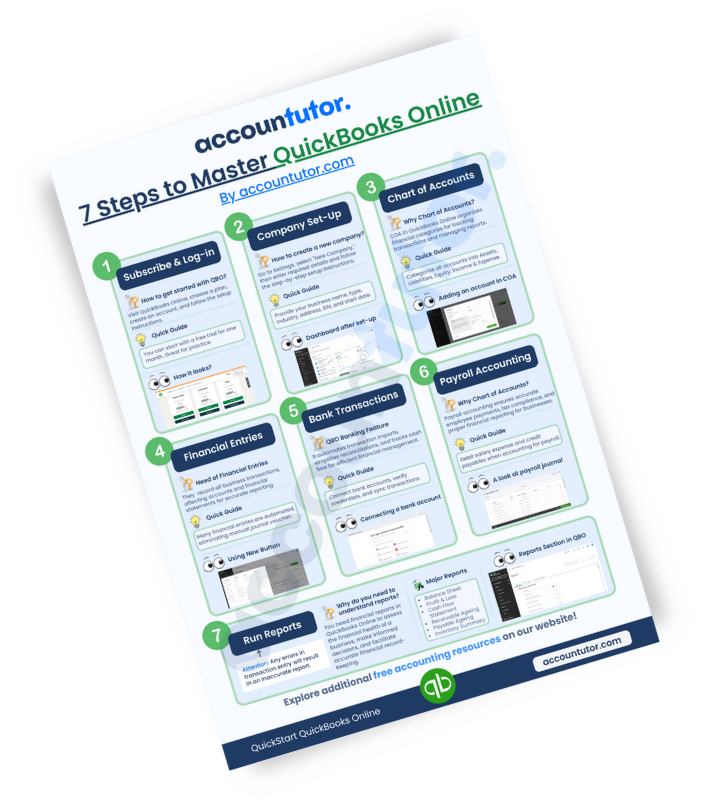
Download QuickBooks Online PDF Guide
Thank you!
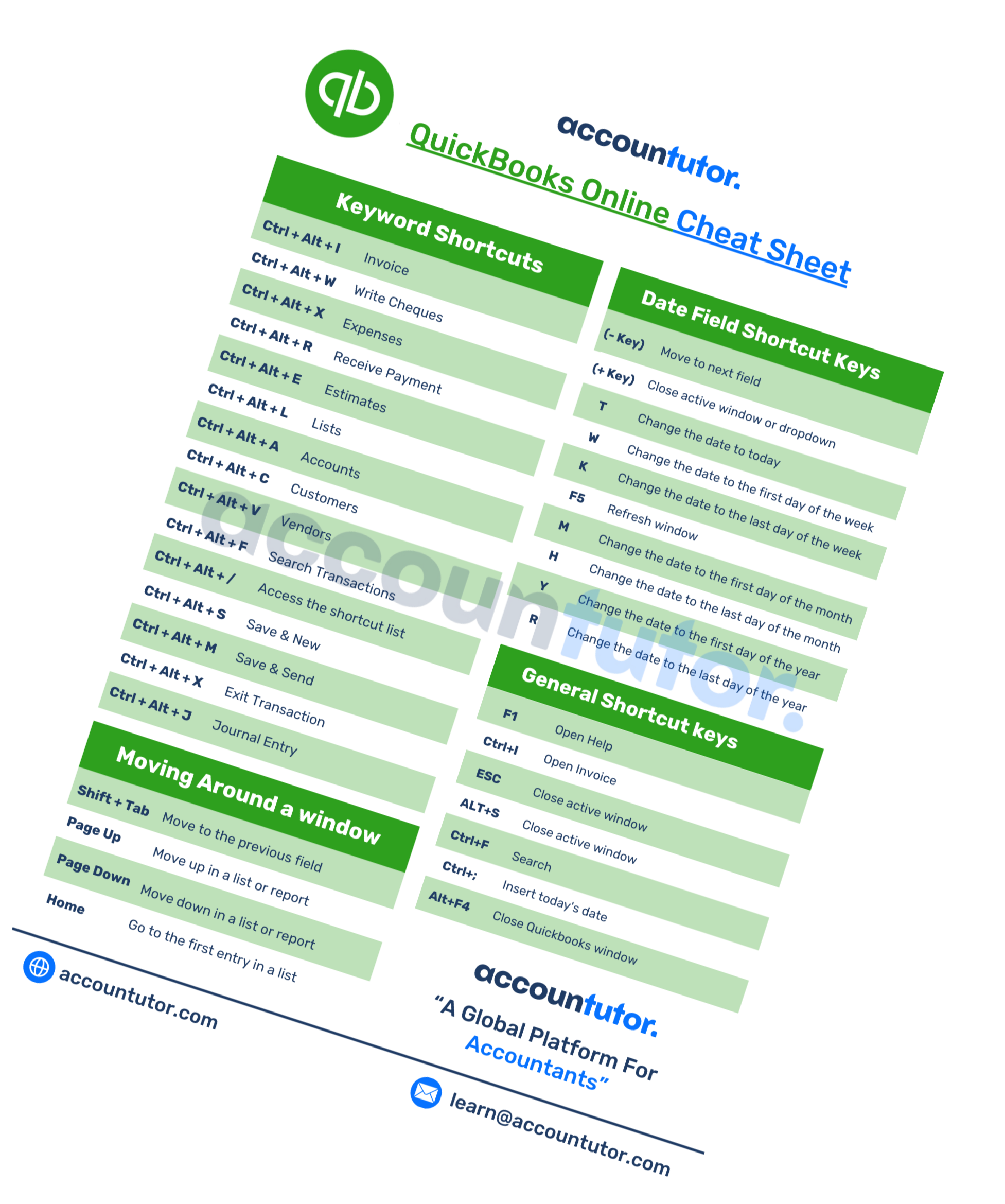
Download QuickBooks Online Cheat Sheet
Thank you!

Download ABCD of Accounting
Thank you!
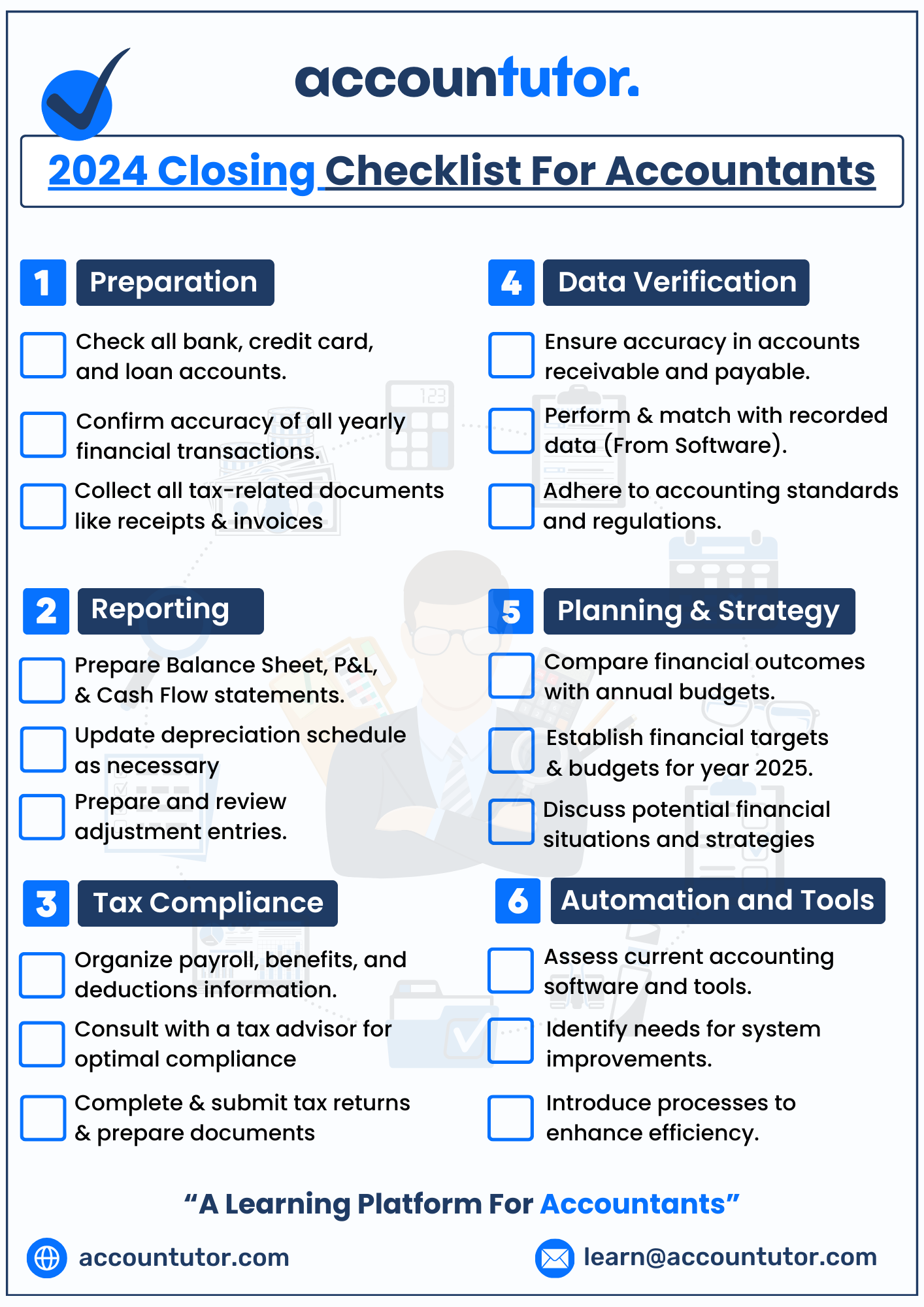
Download Checklist 2024
Thank you!
Register For Free!
Thank you!
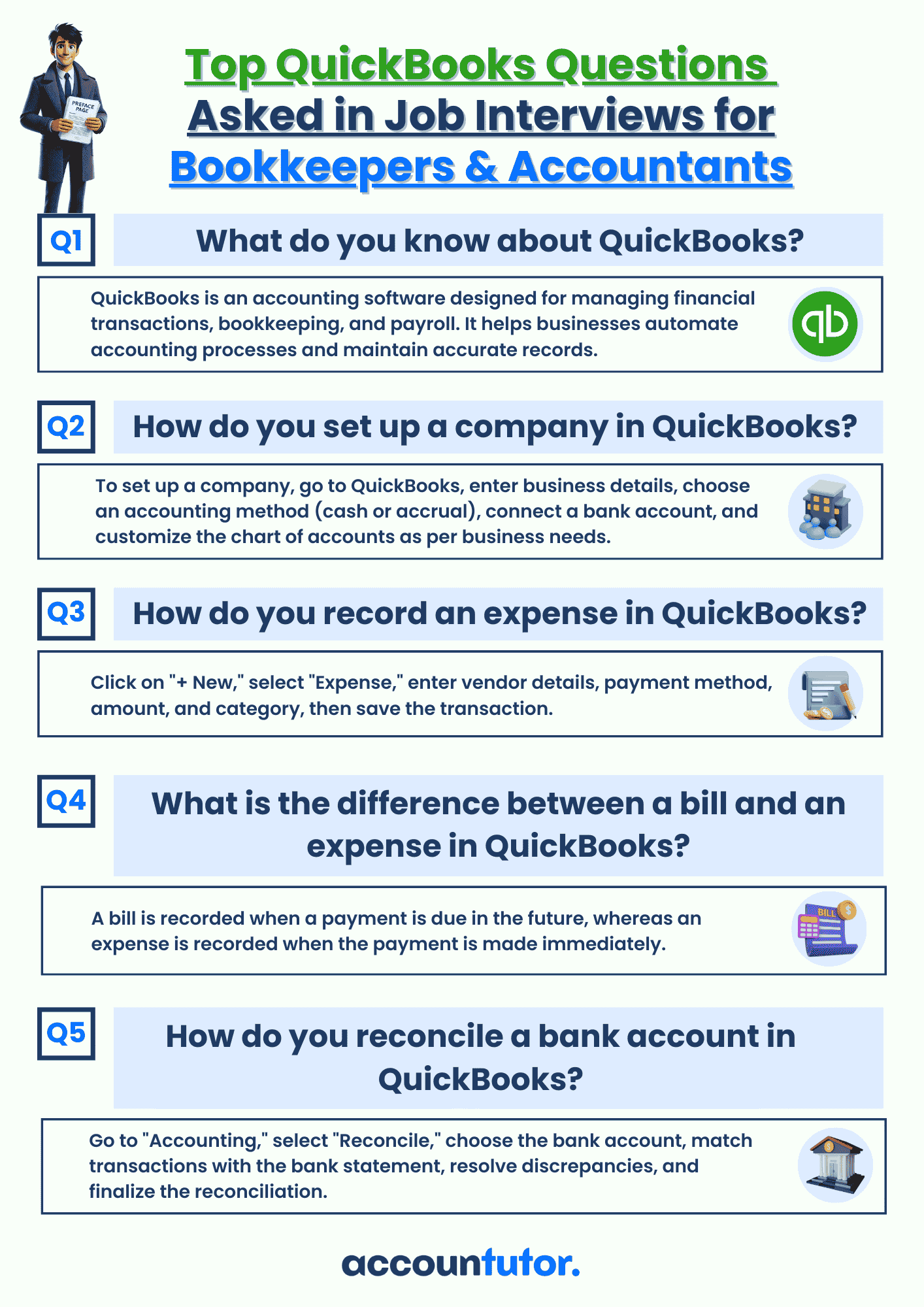
Download Interview Questions
Thank you!
Register for this webinar: How to Master QuickBooks Online— Without Feeling Overwhelmed
7th JUNE 2025 | 8:00 AM PST | 11:00 AM EST
Thank you! The joining link will be sent to your email shortly!
Webinar joining link will be sent to your email address.
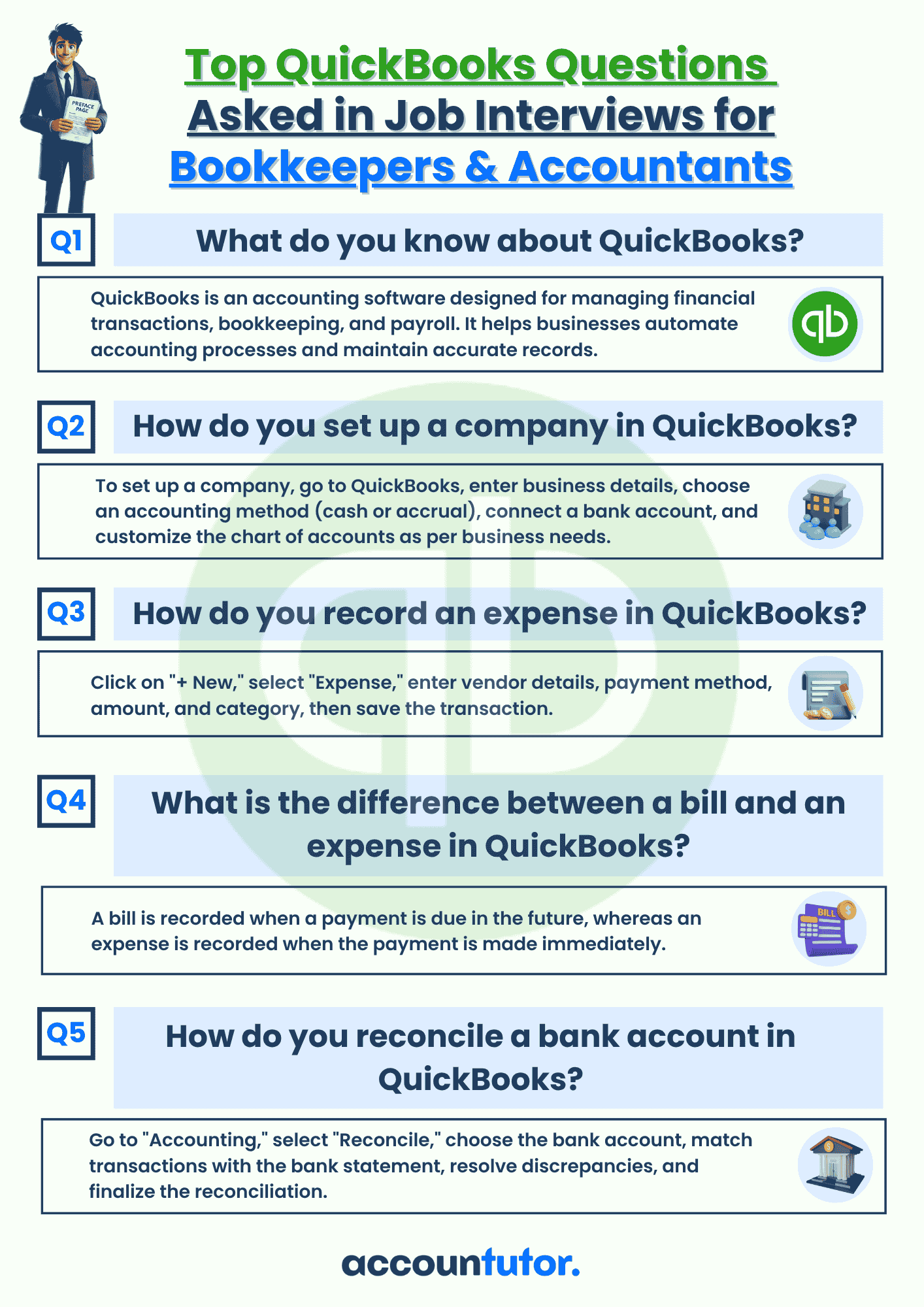
Download QBO Job Interview Questions and Answers PDF
Thank you!
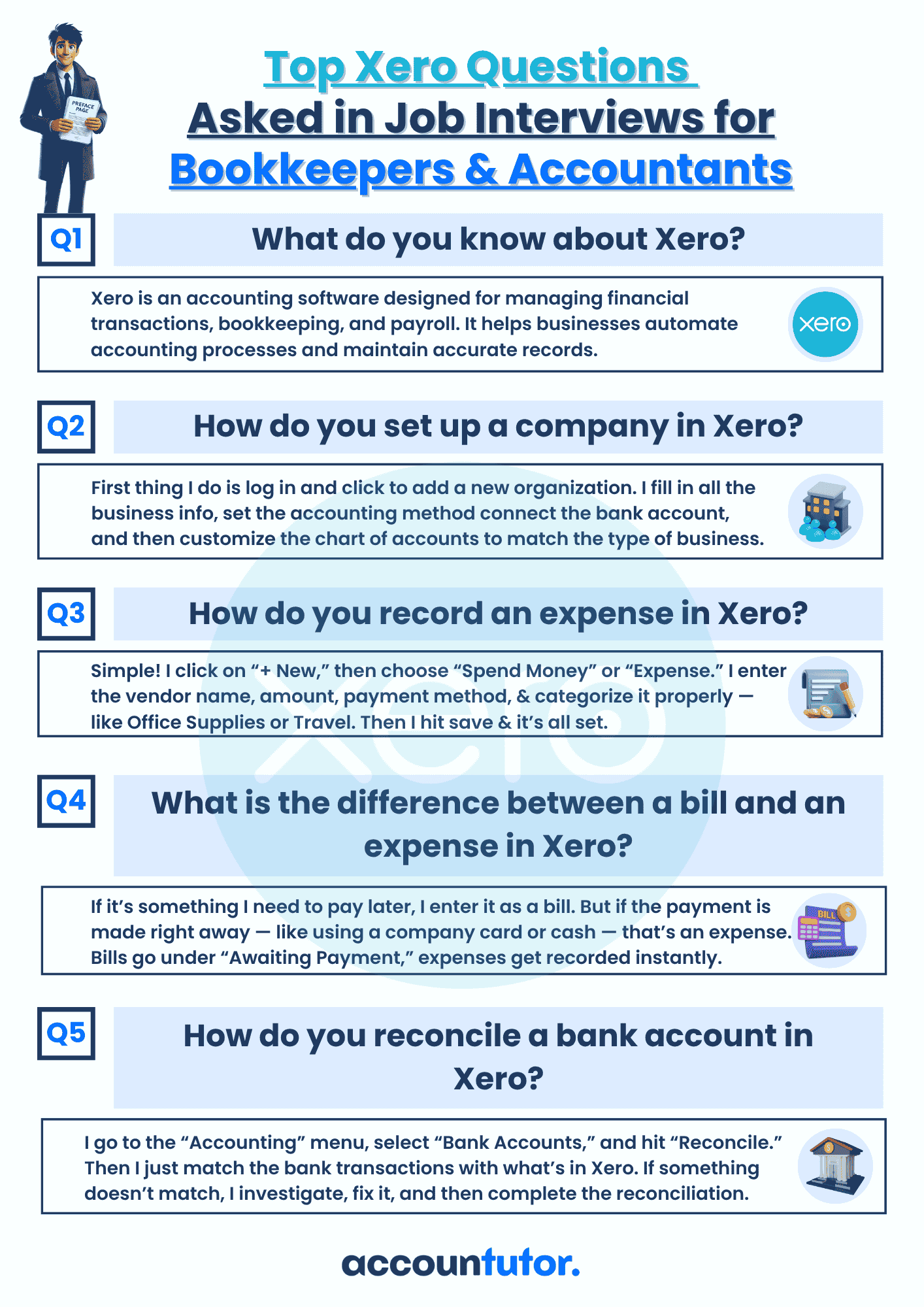
Download Interview Questions
Thank you!

Download 50 Interview Questions For Bookkeepers
Thank you!
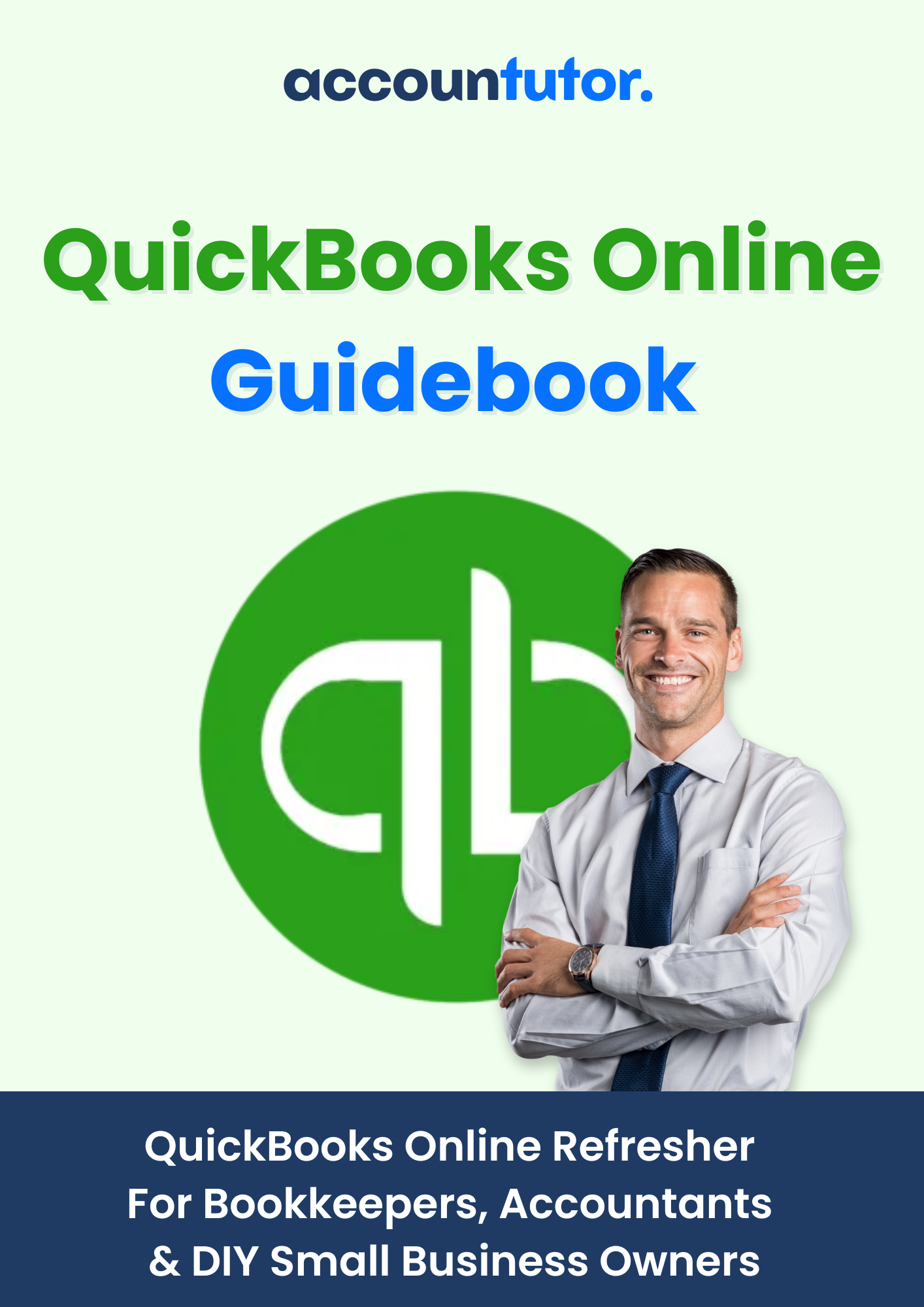
Download QuickBooks Online Guidebook
Thank you!

